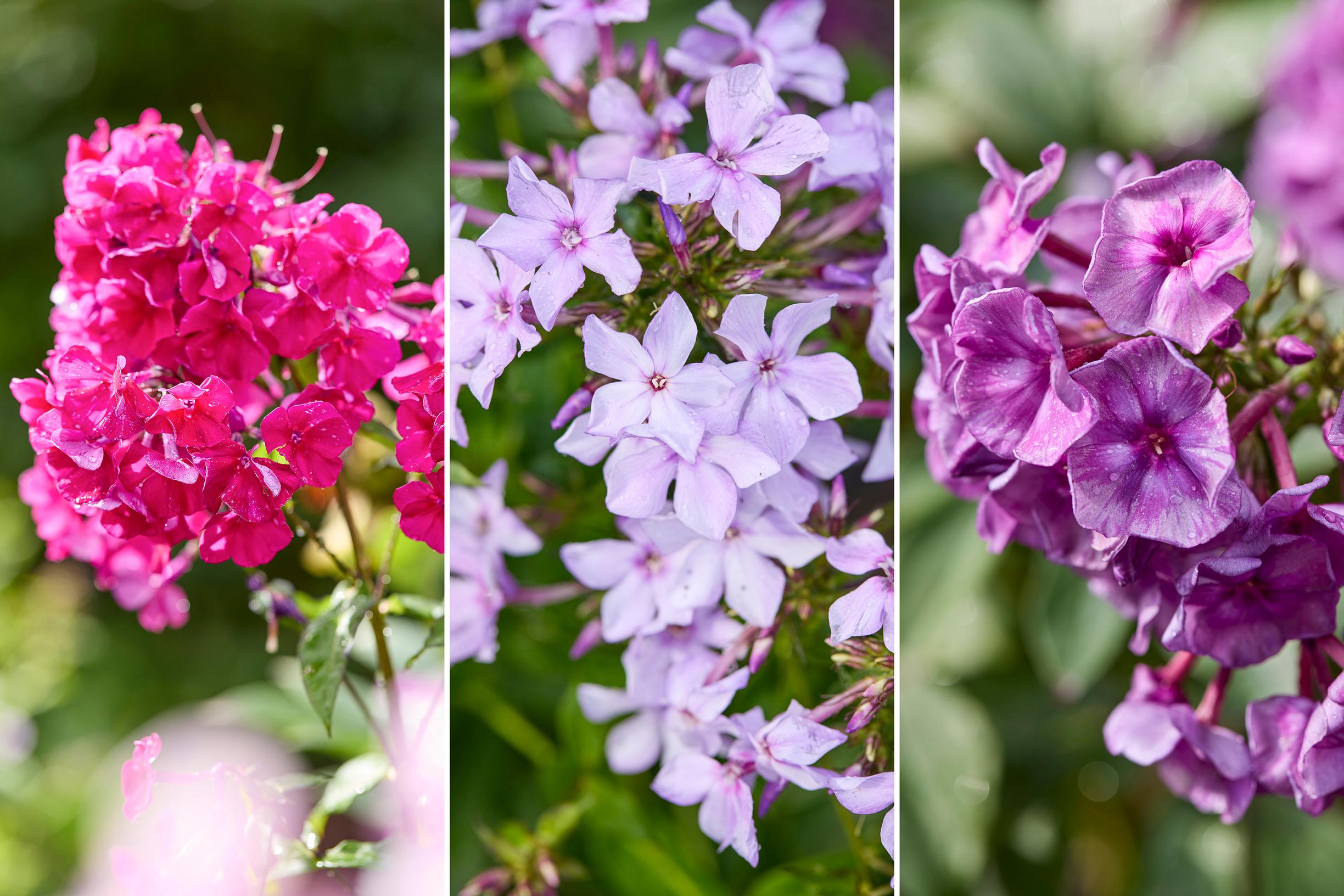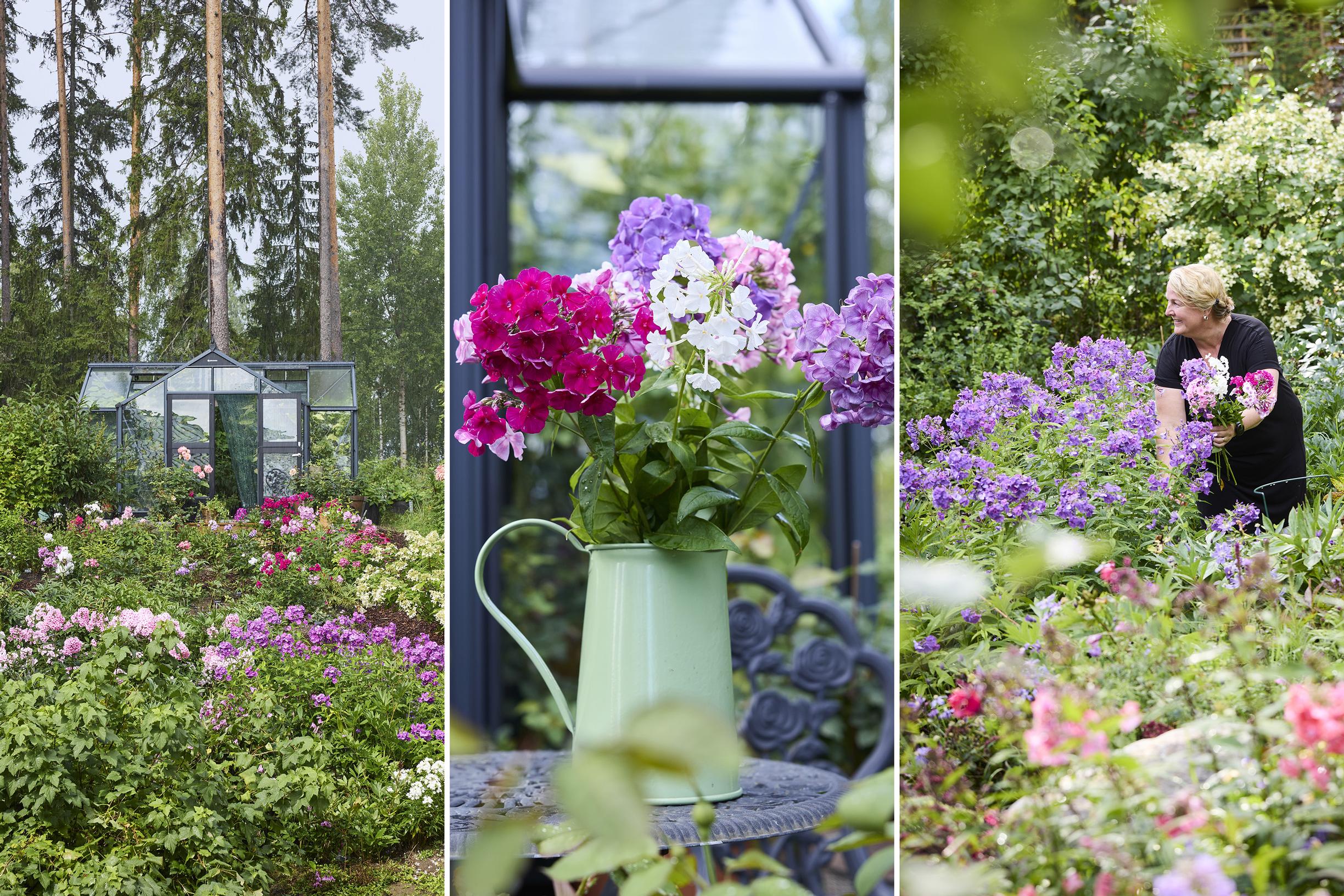
125 phlox varieties fill Leena’s yard—how she keeps them mildew-free and why they share a bed with peonies
In Leena Klossner’s garden, fall phlox captivate with vibrant colors and a sweet fragrance. Her collection includes both classic Finnish and European varieties.
What do you find fascinating about fall phlox?
They’re delightful, versatile perennials with flower colors ranging from soft pastels to vibrant bright shades. I also love their unique, lovely fragrance, which drifts right up to our house’s terrace. My husband Christian and I live in my grandparents’ old summer place, and I’ve remembered their scent since childhood. Phlox were dear to her. Sadly, none of her original phlox survived.
I’m also drawn to phlox cultivar names and their histories. It’s fascinating to discover each variety’s origins and learn how beauty ideals have influenced plant breeders in different countries.
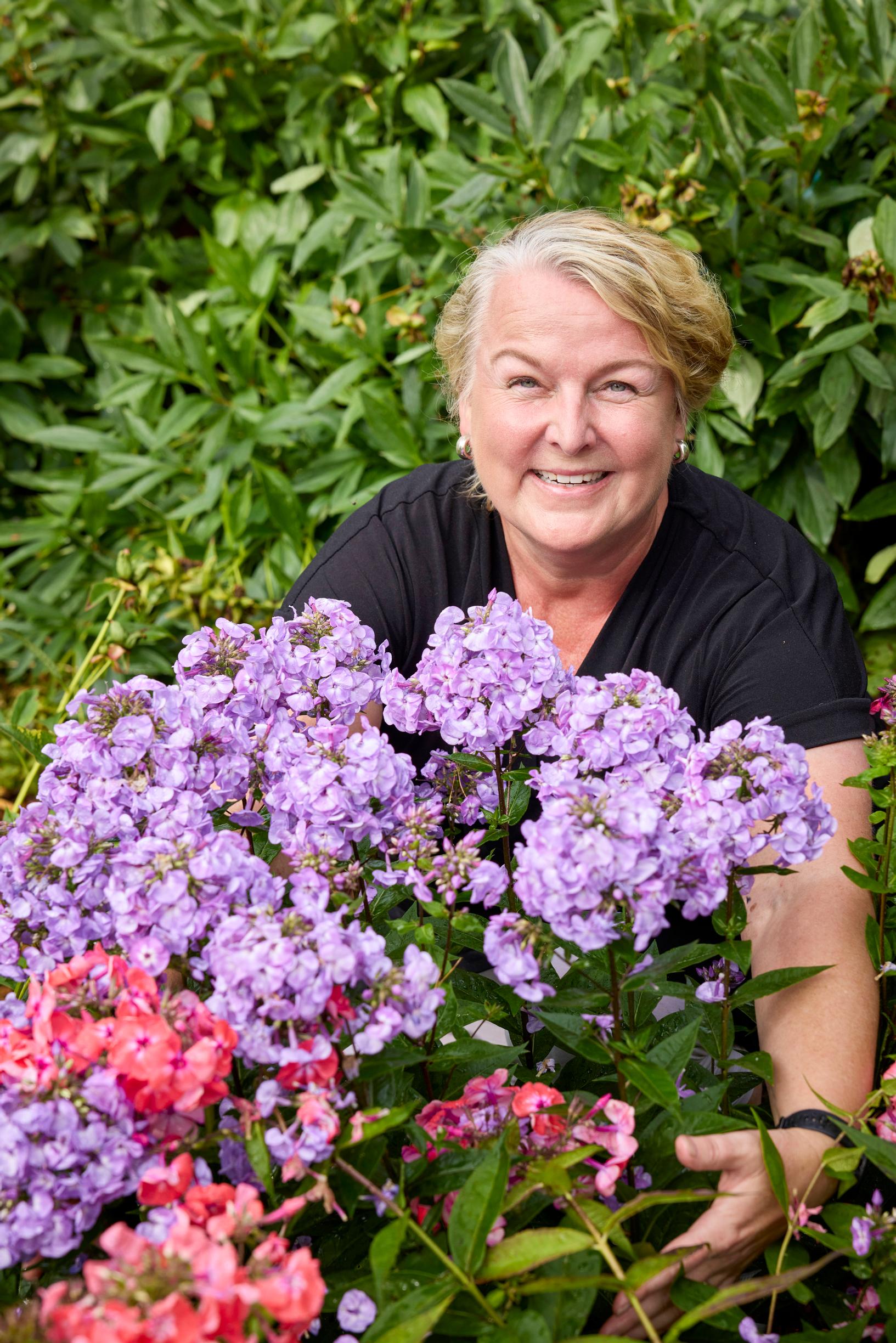
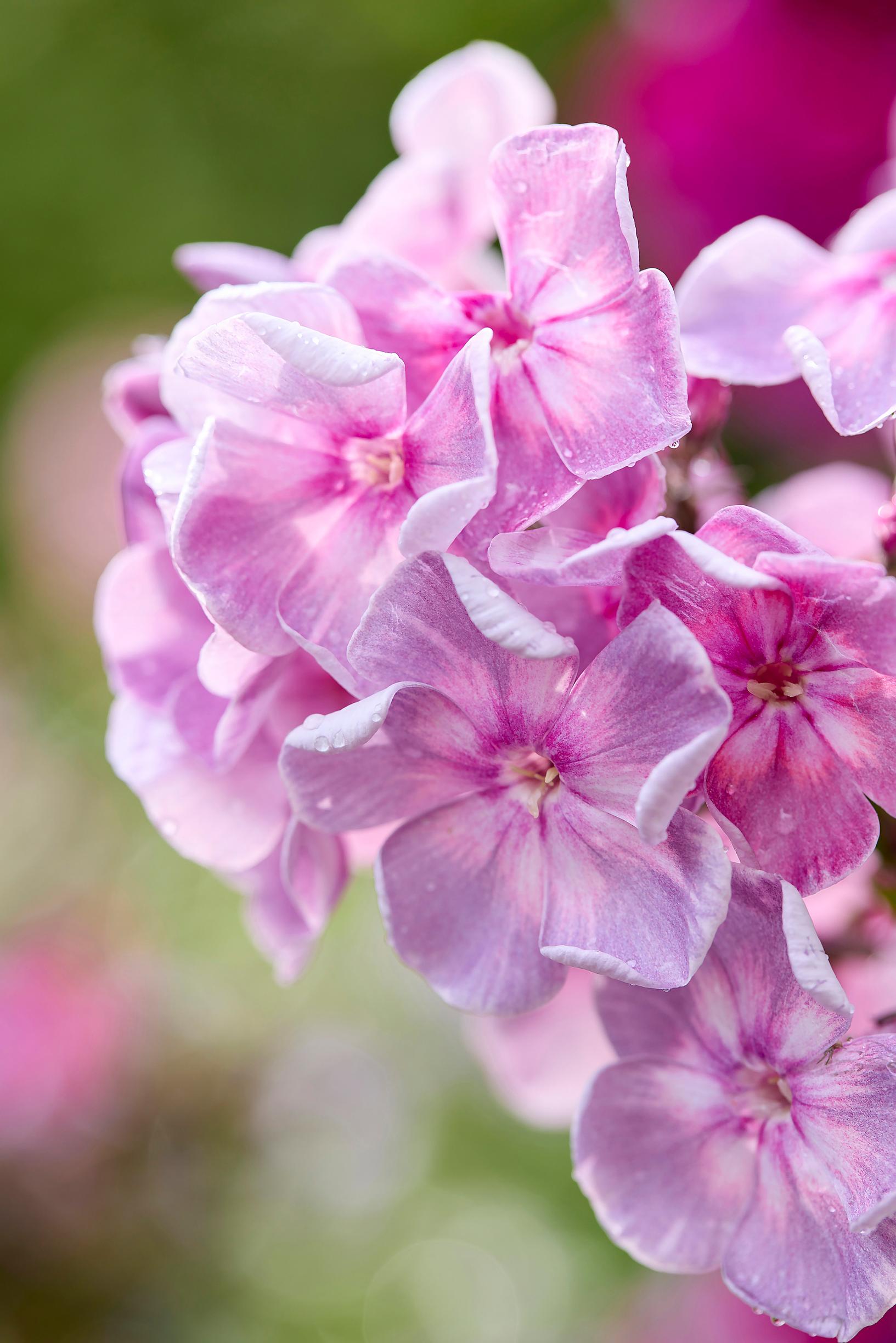
How would you describe your collection?
I currently have around 125 different phlox. There are both newer and older Finnish and European varieties, some of which are real gems. The Southern European varieties have lovely subtle shades. The Finnish-bred ‘Osmo Heikinheimo’ is a fascinating chameleon: its blooms look purplish in the evening and more reddish by day.
I mostly buy new plants from Estonia, Austria, and Germany. Phlox planted in fall bloom beautifully the following summer.
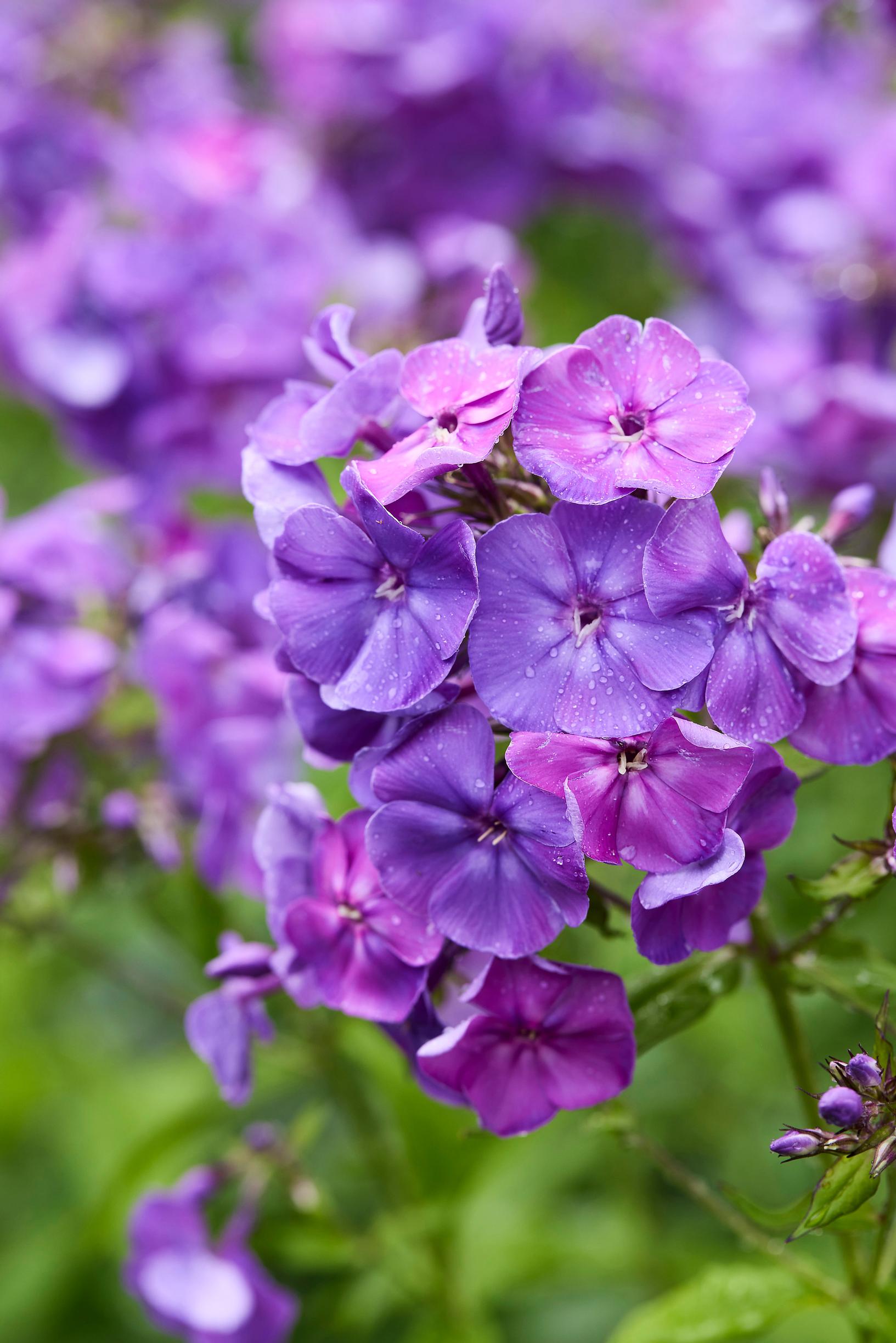
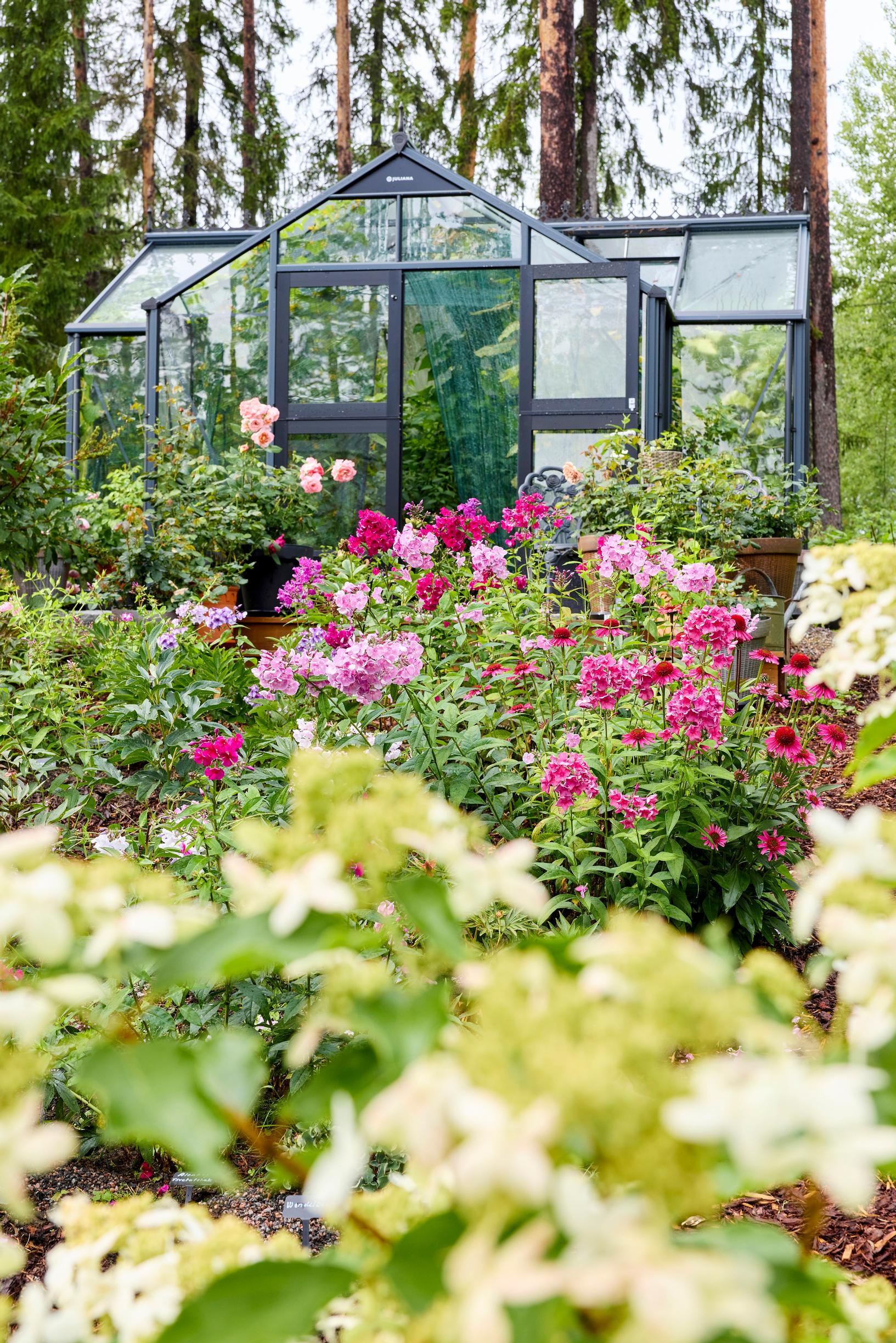
Your phlox appear completely free of powdery mildew. How do you keep them healthy?
We prepared the beds carefully. Our lakeside property has moraine soil with nearly one meter (3.3 ft) of field soil on top. Over the summer, the soil compacts, and it’s important to ensure the shallow phlox roots remain under a thick enough layer. That’s why I add soil around the base of the phlox a few times each summer.
If the soil layer is too thin, the roots easily suffer from heat and drought, which stresses the plant and lets the powdery mildew fungus gain a foothold. When it rains and leaves stay wet, you’ll see the fungal white coating on the foliage.
I use lake water to water the phlox, always at the base so the leaves stay dry. During extreme heat, I may need to water every four or five days.
An overly dense planting can also lead to mildew. Both the location and the plants themselves need enough airflow so the leaves can dry quickly after nightfall or rain. A breeze often blows in from the lake, which helps keep the phlox healthy. Even with good conditions, we haven’t entirely escaped mildew, although carolina phlox rarely shows any sign of fungal issues.
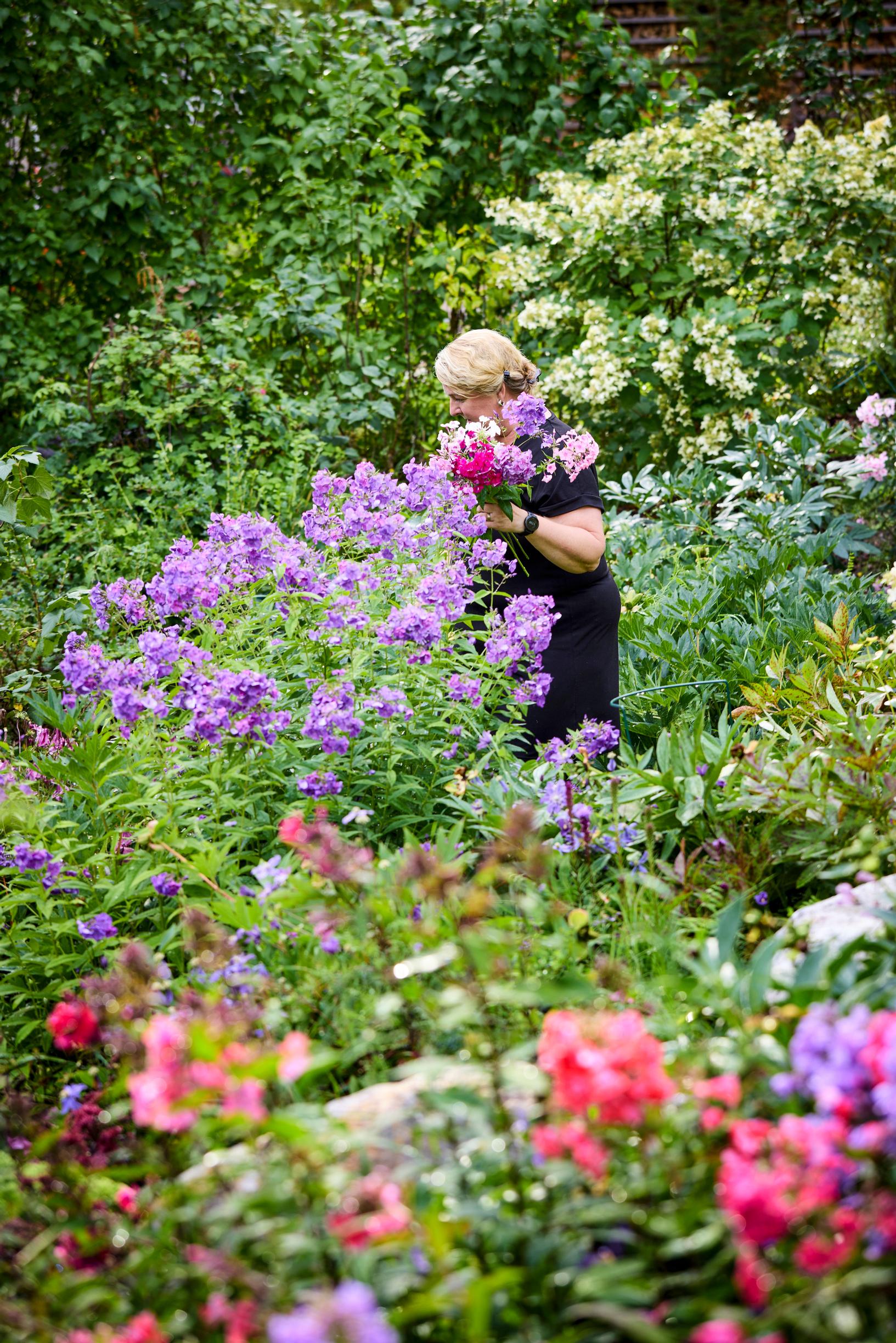
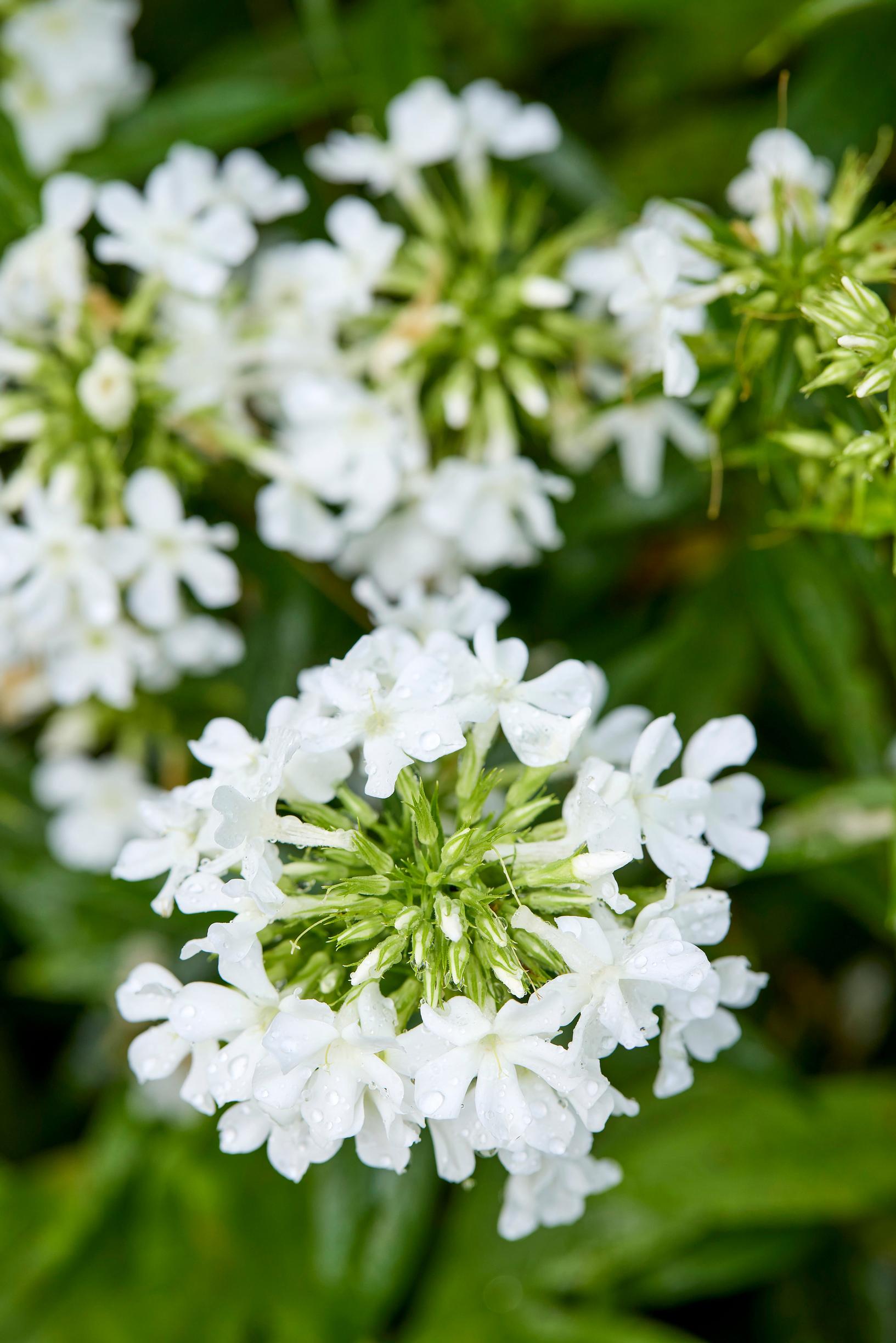
Do fall phlox cross-pollinate with each other?
They do, though only some varieties set seed. With cross-pollination, new variations can pop up in the bed. For instance, seeds from the pale pink ‘Europa’ and pink-eyed ‘Bright Eyes’ varieties produce blooms blending both parents’ shades in unique combinations. Growing open-pollinated seeds is a truly fascinating part of this hobby.
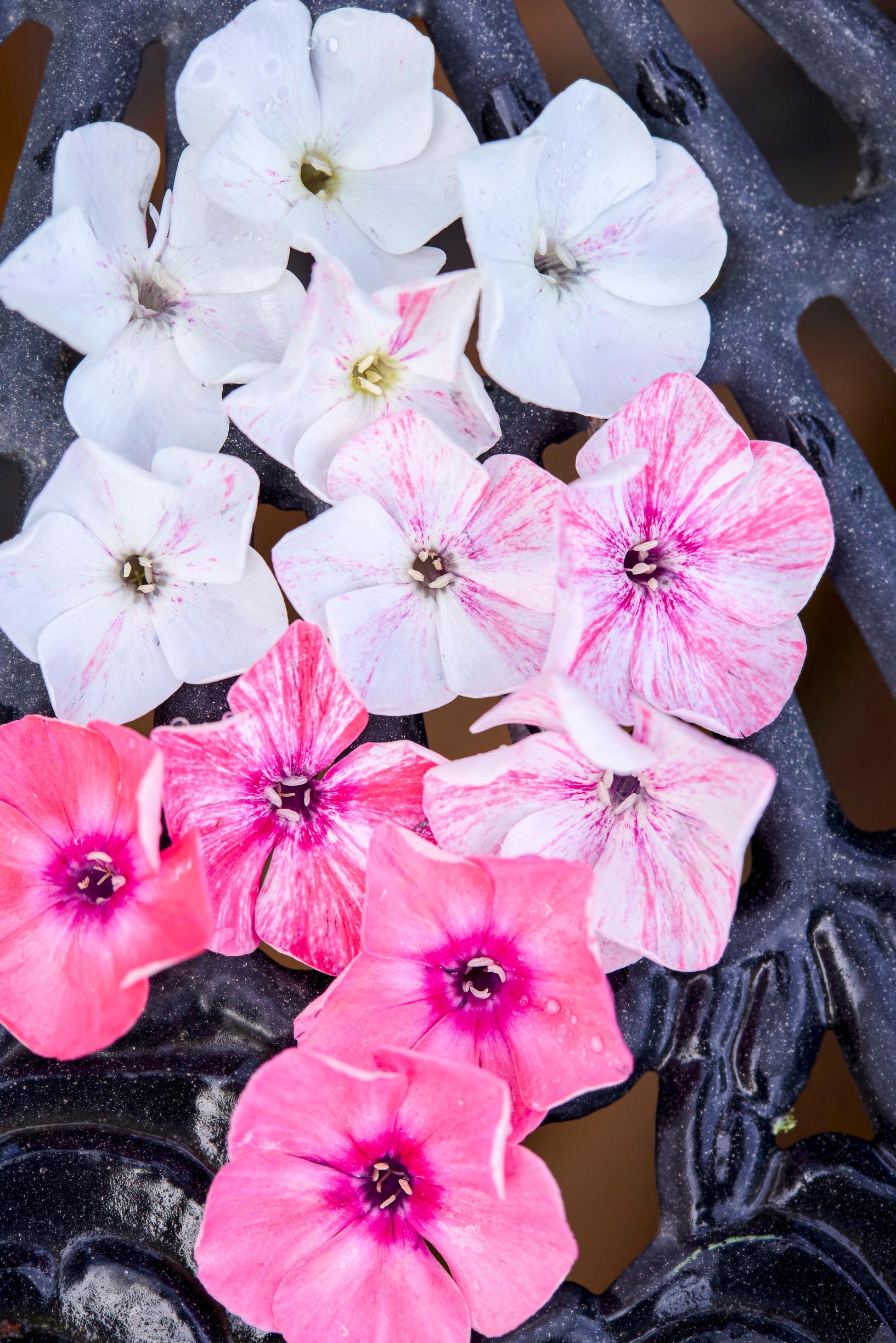
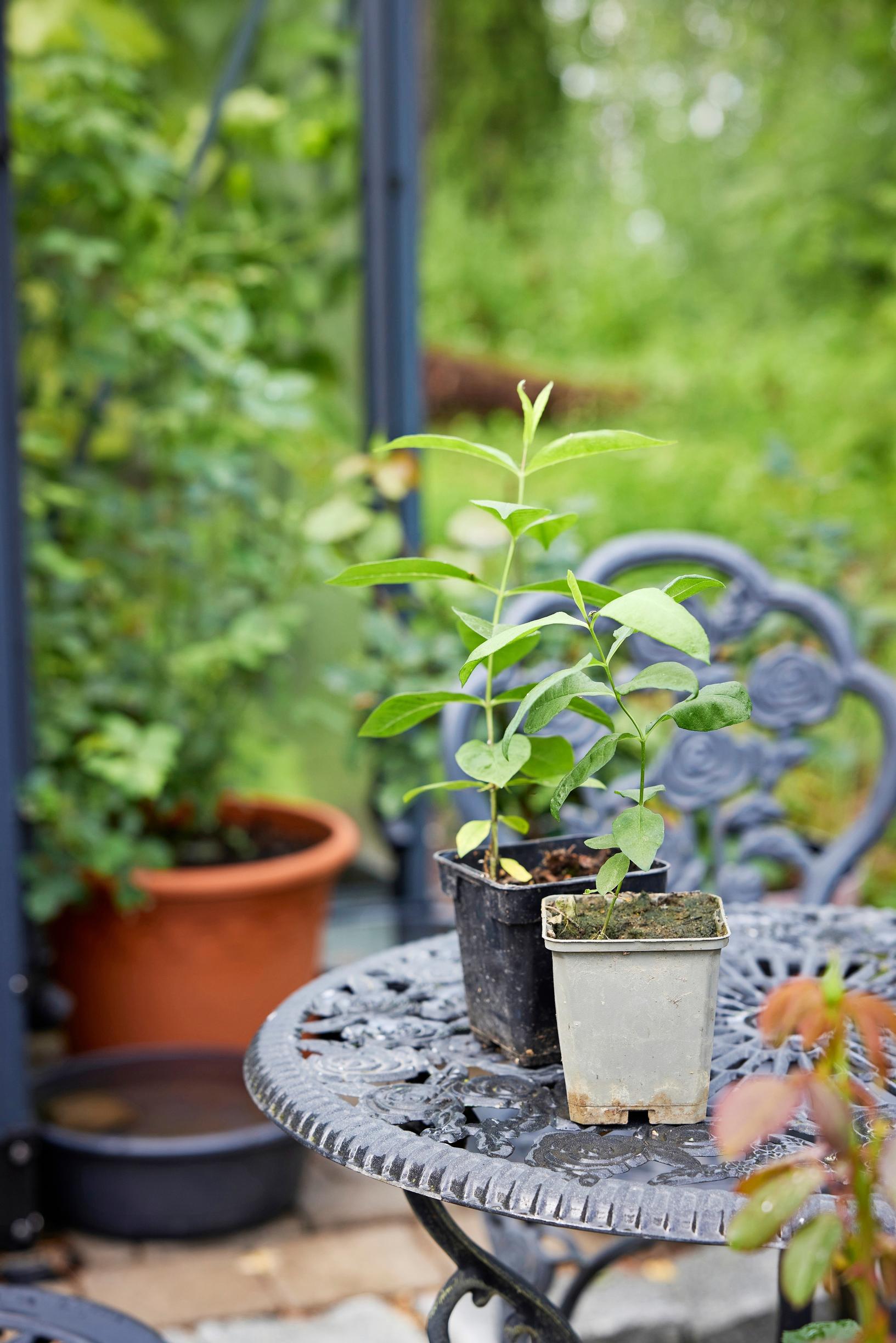
You grow fall phlox alongside peonies. Why is that?
Fall phlox pairs well with peonies because it spreads slowly and doesn’t root deeply. Once peonies finish their show, phlox livens up the mid- and late summer season, flowering from early July right into late September or even October. I love seeing new buds still forming in August.
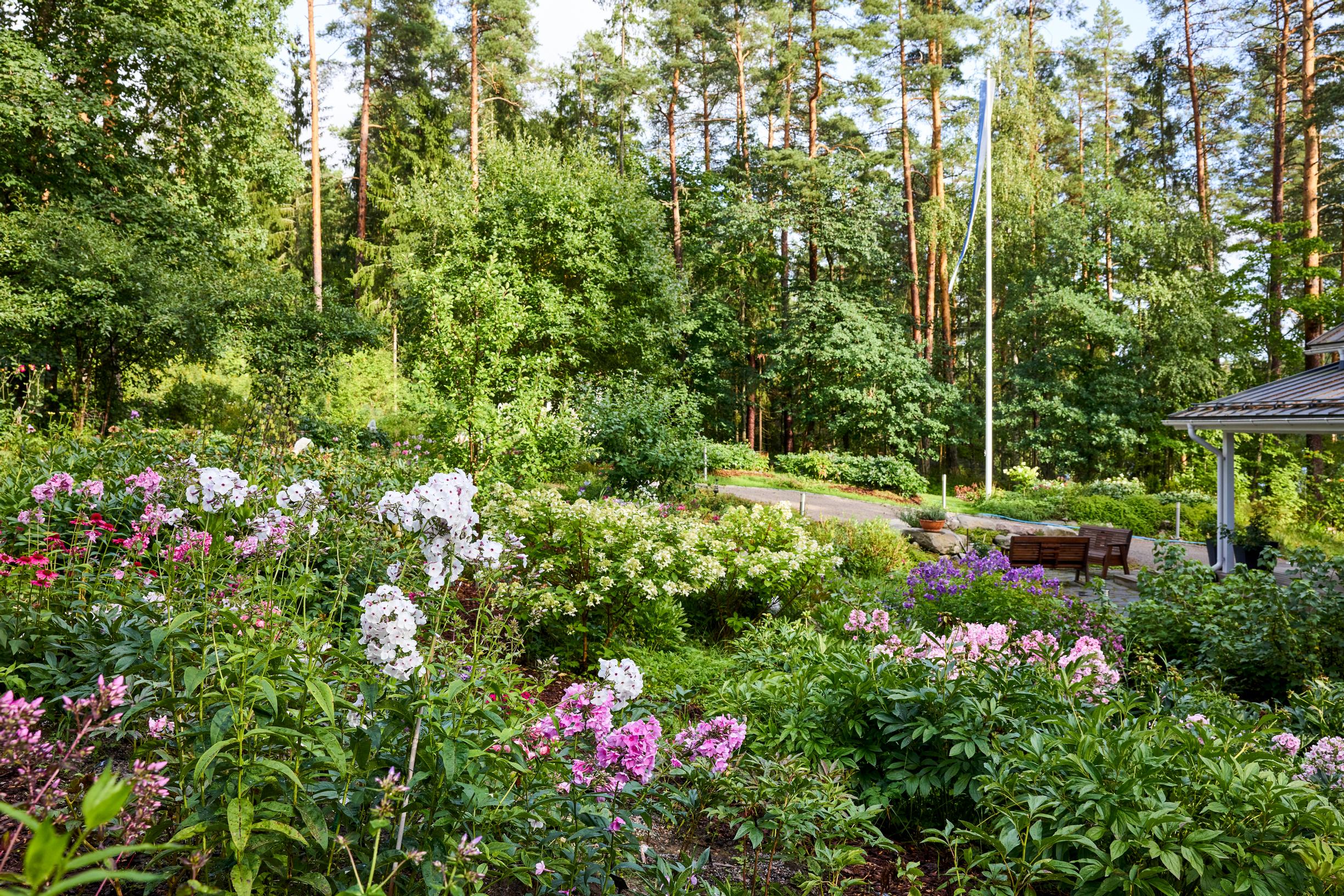
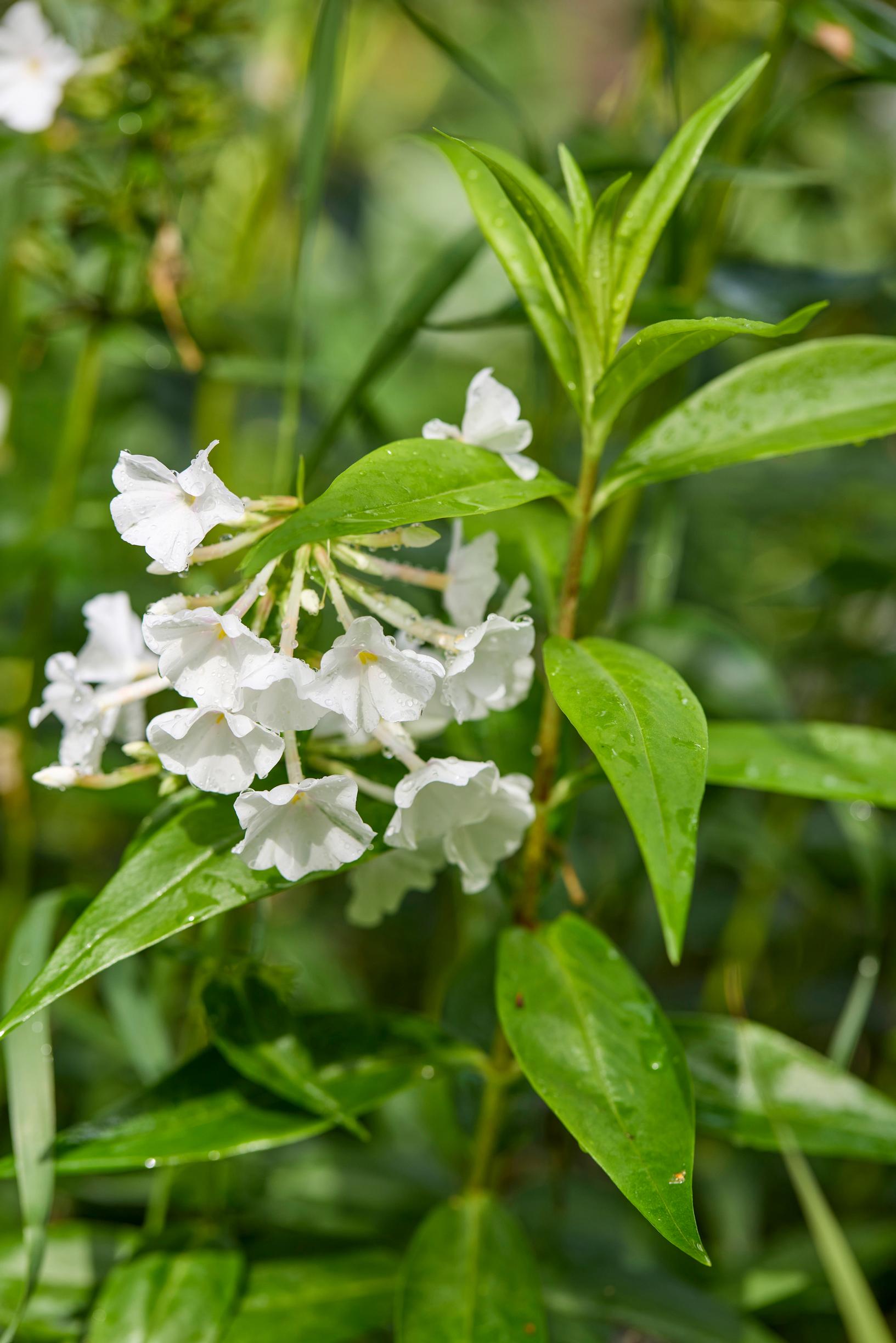
Also check out Leena’s gorgeous fall phlox varieties: “The blooms open pink and take on a smoky gray tinge”—‘Anna Karenina’ and 6 other spectacular fall phlox varieties
